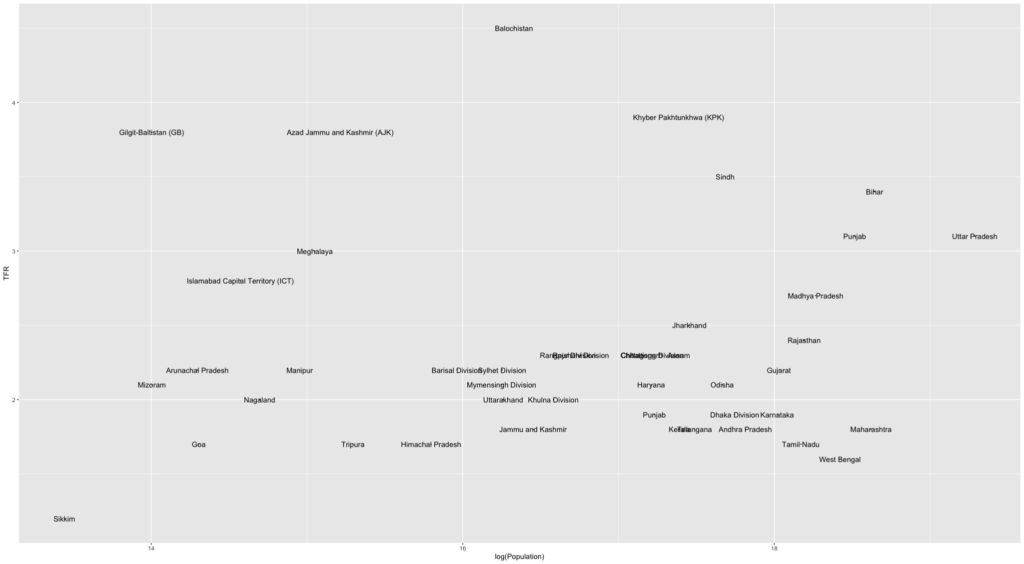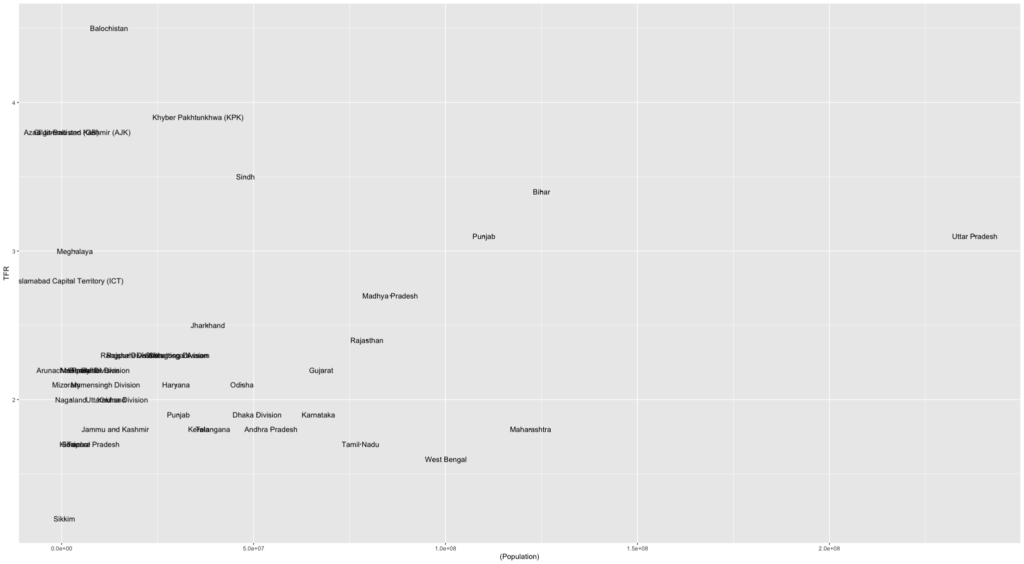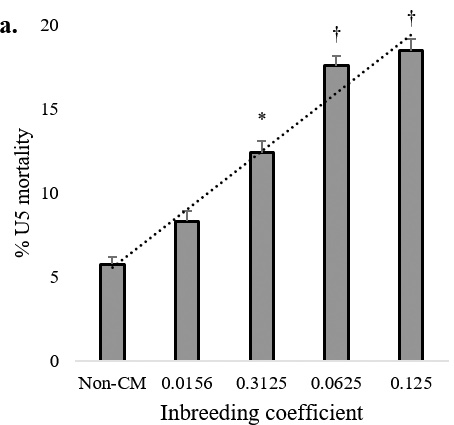Over at his Substack, Noah Smith has a pretty bullish take on India, Here…comes…INDIA!!!:
The United Nations estimates that India has now surpassed China as the world’s most populous country — or, as we colloquially say, the world’s “largest” country.
Obviously, crossing this threshold doesn’t mean much in practical terms. Being a tiny bit bigger than China doesn’t really change anything, and India has just about as many people as it did a year ago. But the flurry of news stories accompanying the event is a wake-up call for the world: India has arrived on the world stage, in a big way.
What does that mean? Well, a whole lot of stuff. More stuff than I can summarize or even mention in a single blog post. There was a quote attributed to Napoleon two centuries ago: “Let China sleep, for when she wakes, she will shake the world.” Well, China did wake up, and the world has been shaken. The whole economic landscape of the planet, the geopolitical balance of power, and even the Earth’s environment have been irrevocably changed in the last three decades by the addition of 1.4 billion human beings to the ranks of the (more or less) developed world. Now India brings another 1.4 billion, eager to join those ranks. Get used to seeing a lot more graphs with this basic format…
It’s a long post, but I think the major takeaway from the viewpoint of an economist is agglomeration. The co-location of producers and consumers and resources at such massive scale nations like China, India and the USA, result in a level of synergistic economic growth and power that smaller nations cannot match structurally. This is probably one reason that Britain punches below its weight vis-a-vis the US, it cannot scale.
But Smith is aware of human capital concerns, and this is probably the a signifier of the number one issue: Worthless Degrees Are Creating an Unemployable Generation in India. Fake credentialing just means firms will have to re-train or do their own intake (the obsession with credentialing shows up in funny ways on even on this blog; I don’t care what your credential is if you are a moron, something is common-sense to Americans working in tech).
Another issue that is focused on in the post is that India needs to focus on productivity growth through manufacturing. I actually thought a bit about India when I read this long and excellent piece in Palladium on the century-long failure of the British ruling-class on updating their nation for the 20th century.





